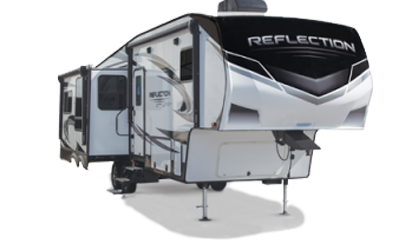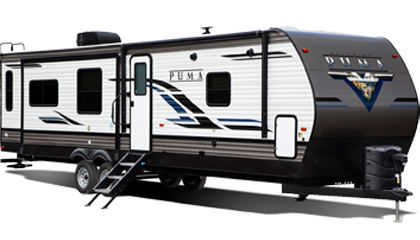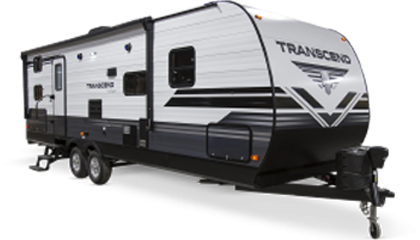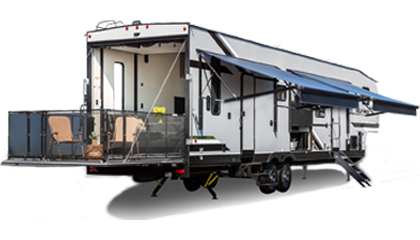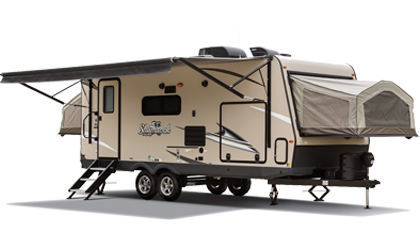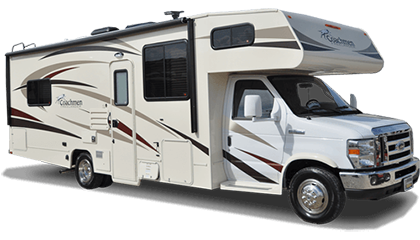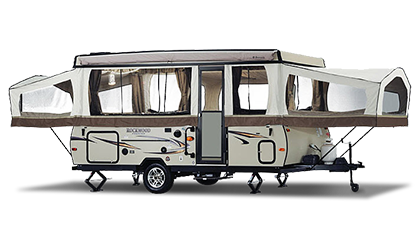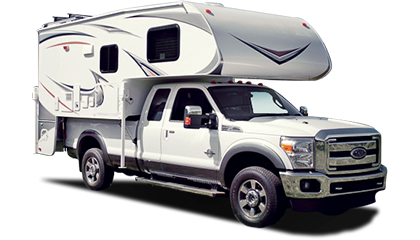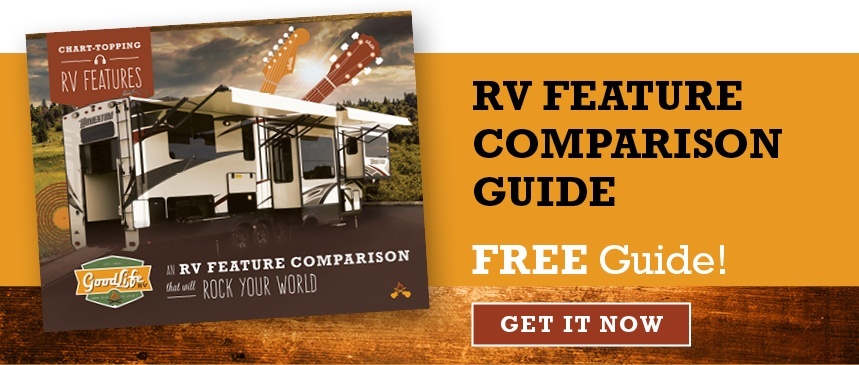The Wheels On The RV: RV Wheel & Tire Tips
Maintenance
Tips and Tricks
05/18/2016
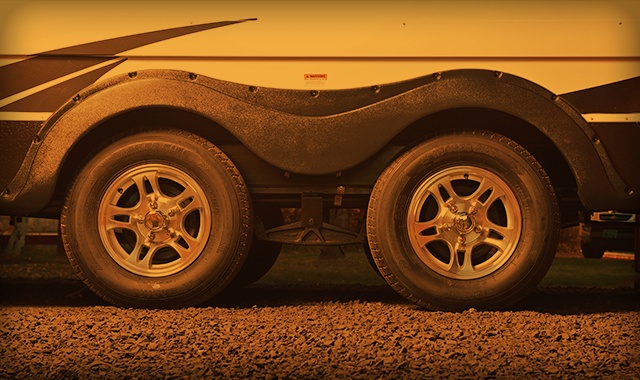
They are essential to your RV. They’re one of the basic building blocks that you stack your dream rig on top of. You can’t hit the highway without them… no rubber hitting the road.. no family adventures. There’ll be no livin’ the Good Life without this very basic necessity. We’re talking about wheels. Unfortunately, often times, the importance of RV tires and wheels are overlooked. From choosing the right type to maintaining them correctly, your tires and wheels are incredibly important to get anywhere – and, to get anywhere safely.
Well, what sort of wheels?
- The most popular RV wheels to date are aluminum. There are other types of wheels available for your RV like stainless steel and chrome, but aluminum is lighter and most RVers say that the aluminum wheel cover is easier to keep bright and shiny.
- Spare tires do not come standard on all RVs. We suggest always having a full-size spare tire available for your rig. You don’t want to have to rely on a mini-spare when your dream RV and all of it’s precious cargo is at stake.
- If your RV is lower to the ground, you may want to consider adding skid wheels which attach to your rear trailer hitch. These prevent your back end from dragging on the ground when backing it up on tough terrain. You can take a look here at some of the wheel options available.
Don’t tire of maintaining your tires.
- Always keep your RV tires properly inflated. This helps with fuel mileage, tire wear and, of course, safety. Most of the times, you can find the recommended tire pressure right on the tire itself. If it’s not there, you can always check your owner’s manual. If you’ve misplaced that, most owner’s manuals are available for download on the RV manufacturer’s website.
- Just like your automobile, you should always be sure to keep an eye on your tires’ tread depth because, different from your automobile, RV tires generally don’t last their full tread life. This is because most RV owners don’t drive their rigs on a regular, daily schedule. The tread depth should be at the very least 4/32”, preferably the depth should be 6/32”. If your tread depth is less than this, you should really consider replacing those tires.
- Check your lug nuts before you hit the road, but don’t do it like Dad would and twist each nut with your wrench. That could end up screwing up your threads and doing some real damage to your studs. Each RV is different so be sure to check your RV owner’s manual for the recommended procedure and for your RV’s torque value.
Storage Stress.
- You can make the most out of your tires by taking special care of it when you’re not on the road, too! When you store your RV, you should try and place it on blocks to keep your RV’s tires from bearing all that weight.
- If your storage location is outdoors, don’t park where standing water might collect to avoid oxidation – which can cause bubbling of the finish. Water vapor can also separate wheel layers.
- Take your RV out for a ride and let her breathe at least once every three months or so. This helps prevent sidewall weathering, flat spotting and cracking.

